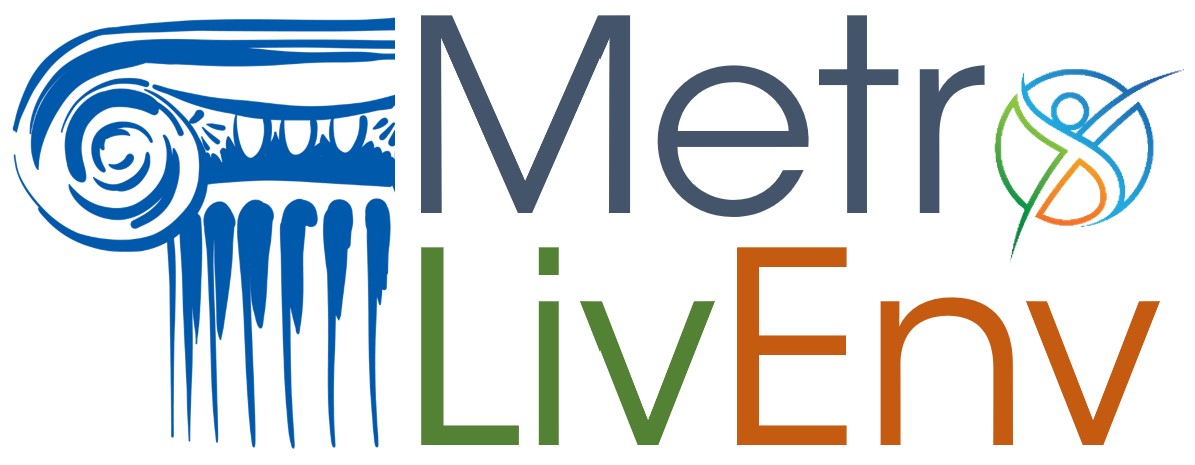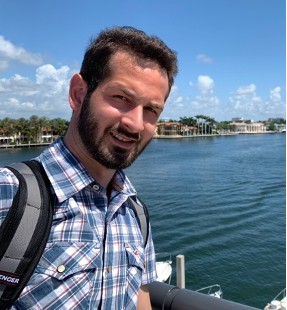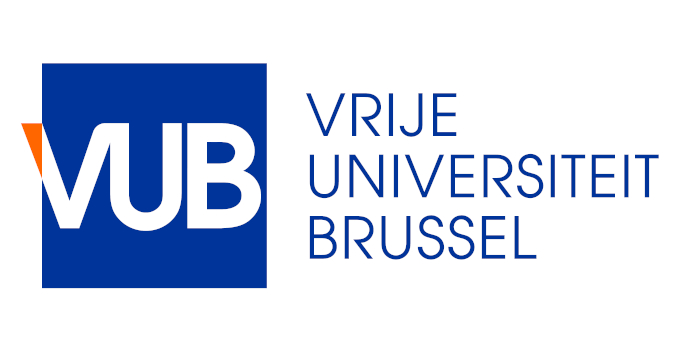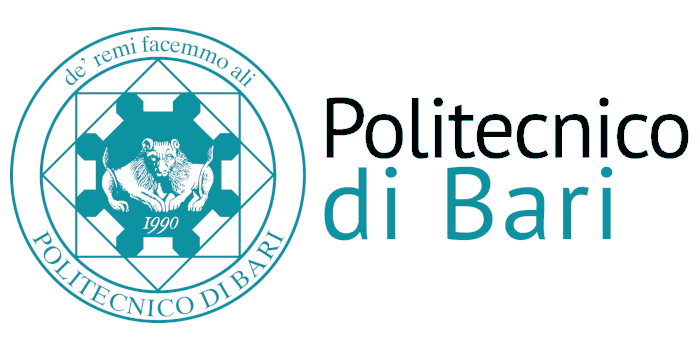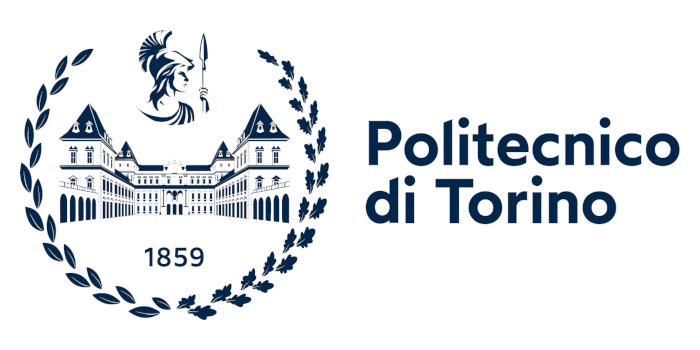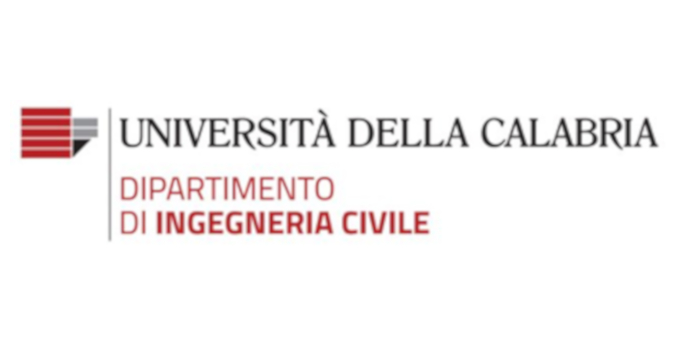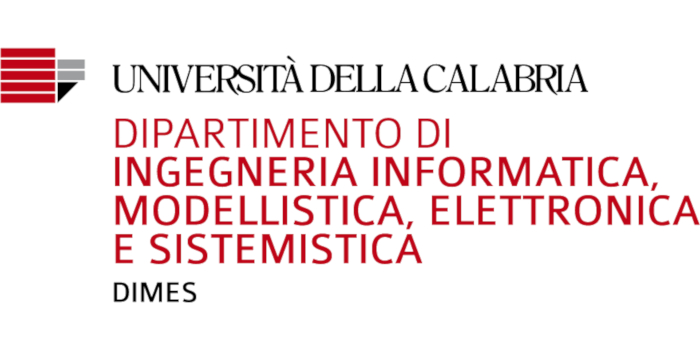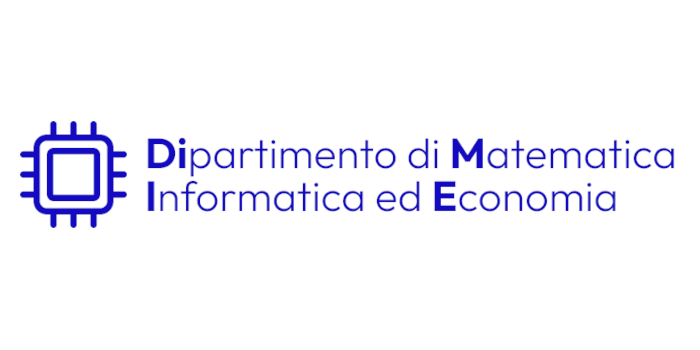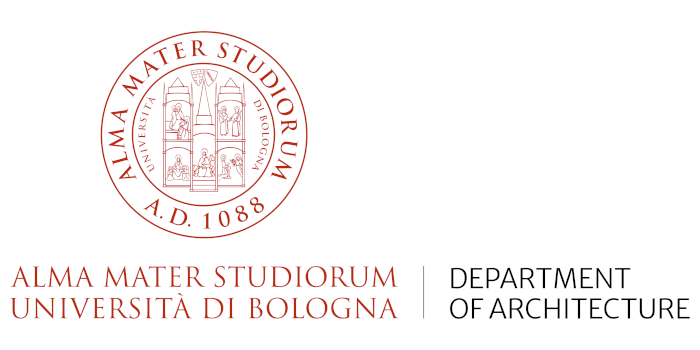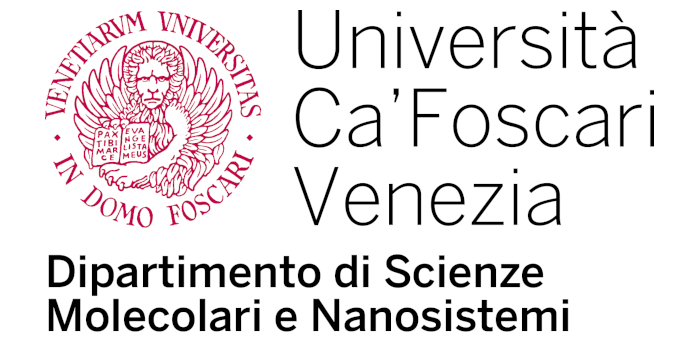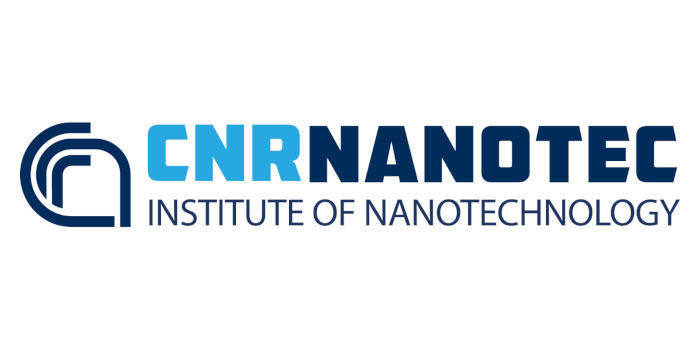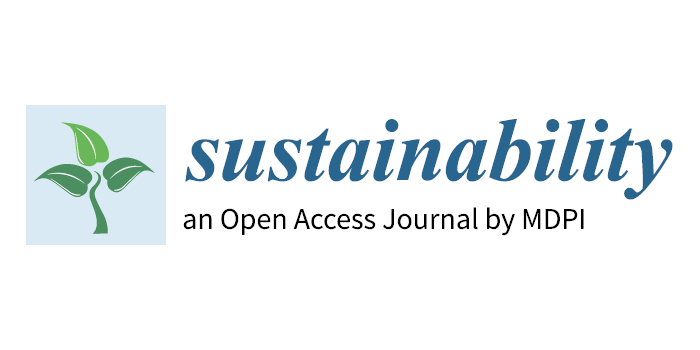Monitoring insect pest populations in building environment: A challenge for metrology
Luca Rossini
Université libre de Bruxelles, Belgium
ABSTRACT
Urban parks and green areas are an essential part of the building environment, and they contribute to define the architecture and landscape of cities and towns. Their presence provides a substantial contribution to increase the wellness of the city dwellers and provides incredible environmental benefits as they act as a shelter for many organisms, becoming an actual ecological niche that preserves the biodiversity. These areas are the perfect place to promote social events, sport and outdoor activities that engage the urban population of all the age ranges, with beneficial effects on the mental health of the citizens. Urban parks are natural regulators of temperature and humidity, besides contributing to reduce the pollution.
As all the natural environments, urban parks are continuously threatened by the action of insect pests and diseases, that seriously endanger the plant health. Additionally, the climate warming and the global stock exchanges are endorsing the introduction of alien species that can dangerously upset the balance of these ecological niches. Accordingly, green areas are continuously monitored to assess the population dynamics of insect pests and bioindicator species. This action is essential, given that pest management strategies based on the use of traditional agrochemicals seriously endangers the human and environmental health and are not allowed by restrictive laws. Alternative control strategies based on natural enemies such as entomopathogenic fungi/bacteria or useful insects (predators and parasitoids) are valuable candidates, but the knowledge of the pest population dynamics is fundamental for a prompt and punctual action.
Entomological monitoring is a complex operation that should be thoroughly analysed by entomologists and metrologists to boost the research in this field. This talk would give an overview on the measurement methods and on the instruments commonly used to carry out insect monitoring. In particular, the following questions will be addressed: which are the pros and cons of the existing tools? Do they give “measurements” or just an “estimation”?
SPEAKER BIOGRAPHY
Luca Rossini received his BSc. in “Physics and Astrophysics” from Sapienza Università di Roma (Rome, Italy), his MSc. in Agricultural and Environmental Sciences from Università degli Studi della Tuscia (Viterbo, Italy), and his Ph.D in Plant and Animal Science (major in Ecological Modelling, minor in Applied Entomology) from Università degli Studi della Tuscia. Luca is currently working as European Marie Curie Researcher (MSCA-2022-PF), in Ecological Modelling and Applied Entomology at Université Libre de Bruxelles (ULB), Service d'Automatique et d'Analyse des Systèmes. Luca is part of the editorial board of Acta IMEKO (International Measurement Confederation) and received the National Scientific Qualification (ASN) as Associate Professor in the Italian higher education system for the disciplinary field 07/D1 - Plant pathology and entomology (AGR/11). The main research topic of Luca is the development and validation of mathematical models to describe insect pests and diseases. This includes the integration of sparse field measurements to improve the accuracy of the predictions, pest monitoring, planning of measurement campaigns, field measurements protocols, mathematical and computational biology/ecology, high performance computing.
